We've all, at one point in time, had a shoulder injury. Whether it be from lifting your child, or lifting 185 lbs over your head! Shoulder injuries are VERY common on our society for multiple different reasons, and in all respects, probably won’t be decreasing any time soon as our general population ages. So how do we correct some of these issues? How can we prevent some of the many shoulder injuries that occur throughout our daily lives? Let’s first dive into what makes up our shoulder joint, and some of the biomechanics that are at work.
The rotator cuff is specifically 4 muscles (supraspinatus, infraspinatus, teres minor and the subscapularis) that create the majority of stability in the shoulder. Now that being said, the shoulder is one of the most mobile joints in the body, which in turn makes it very complex. It is controlled not only by the rotator cuff muscles but also roughly 13 other different muscles! All working together, in a synergistic network, allowing our shoulders to move freely in every plane of motion. If any of the muscles become compromised (overused, micro-trauma, major-trauma) all other muscles in the shoulder complex have to do more work creating a painful, pinching, aching type feeling.
The main goal of the rotator cuff muscles is to keep the humeral head in the glenoid socket. All the other synergistic muscles allow for movement, while the purpose of the rotator cuff is to provide stability. When we lack stability, other synergistic muscles attempt to create it, in turn, creating dysfunction because they are now acting in a way that they are not made to act. The goal then is to create endurance in the rotator cuff muscles allowing them to maintain stability, while the other muscles accomplish motion. The shoulder biomechanics are much more complex when you add in the motion of your clavical, your thoracic spine mobility and as well the relationship between your scapula, humerus and rib cage, but lets save that for a later discussion.
Research has been showing that with a light to moderate intensity shoulder workout, performed 3-4 days a week, we can decrease the likelihood of shoulder injuries and can create strength and stability in our shoulders! Research has also recently been shown to suggest that proper shoulder exercise has been more effective dealing with pain in the shoulder, than surgeries! This is a HUGE mind set shift! [Exercise>>>>>Surgery] So the question again presents itself: I have a rotator cuff injury… now what? EXERCISE! Utilize the motion in your shoulder! Find a skilled coach/trainer/PT/Chiro that can help you find your weaknesses, give you certain exercises to correct those weaknesses, and allow you to live a happier, healthier life!
For a few exercise tips on shoulder health, head on over to our facebook or Instagram pages and check out some of the videos!



